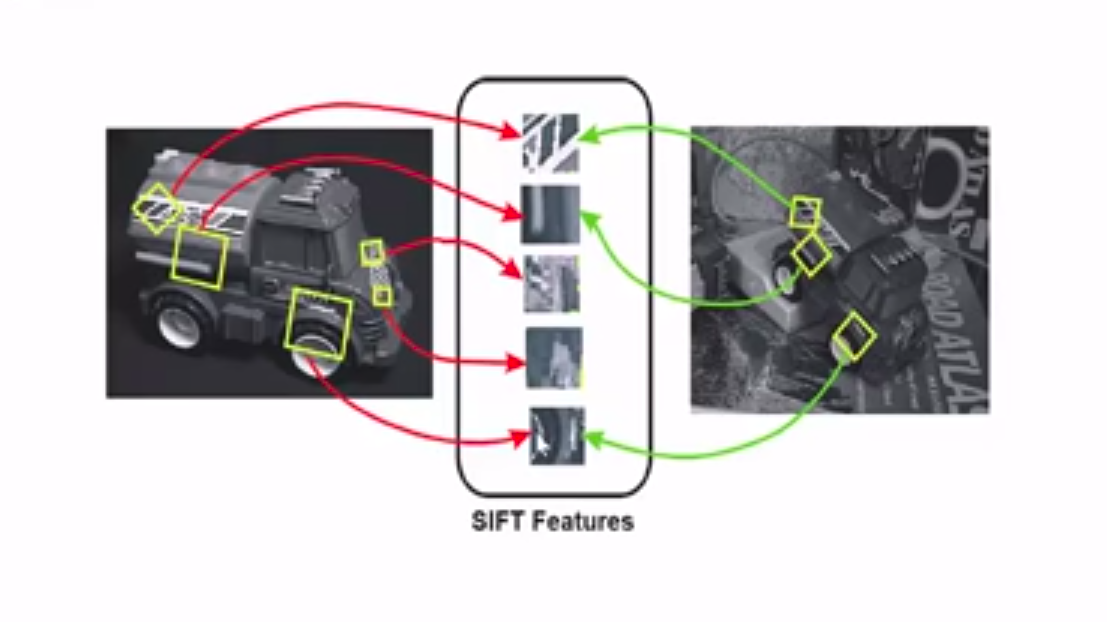1. Introduction: What is UHF White Space?
UHF (Ultra High Frequency) white space, often referred to as "unused spectrum," represents an exciting new opportunity for wireless networks. These unused frequencies offer significant potential for providing high bandwidth and long-range transmissions. UHF white space can enable broadband internet access in areas where traditional wired or Wi-Fi connections are not feasible, especially in rural or remote regions.

2. Background and Development of UHF White Space
The available UHF white space spans 180 MHz of unused bandwidth from TV channel 21 at 512 MHz to channel 51 at 698 MHz, excluding channel 37. This spectrum became available for broadband network use when the FCC (Federal Communications Commission) ruled on November 4, 2008, that unlicensed devices could reuse this TV channel spectrum. The ruling was based on successful testing of white space equipment prototypes submitted by companies like Adaptrum, Microsoft, Philips, and Motorola, which demonstrated solutions for preventing interference with incumbent devices, such as TV broadcasts and wireless microphones.

3. Three Major Challenges of UHF White Space Networking
UHF white space networking is fundamentally different from traditional Wi-Fi networking, facing three key challenges:
- Spatial Variation: Spectrum use is more complex in the UHF band due to the need to avoid interfering with incumbent wireless transmissions, such as television broadcasts and wireless microphones, as mandated by the FCC ruling.
- Spectrum Fragmentation: UHF white space is fragmented, with different portions of the spectrum being occupied by incumbent devices. Each fragment may have a different bandwidth, unlike Wi-Fi bands, where channels are more uniform.
- Temporal Variation: Wireless microphones can become active at any time without warning, causing temporary interference. Researchers have shown that even a single white space packet transmission can cause audible interference with wireless microphones.
4. Addressing Temporal Interference Issues
The third challenge—dealing with temporal interference from incumbent devices like wireless microphones—is the most difficult. Simple solutions, like avoiding known wireless microphone channels, are overly conservative and result in inefficient spectrum use, as wireless microphones are intermittent and can appear on any channel. A more sophisticated approach involves building a historical database of wireless microphone usage patterns to inform network decisions. However, this is impractical, as wireless microphone usage is unpredictable.

5. The Future of UHF White Space
Although solving these technical challenges requires more complex bandwidth algorithms, the SIFT-based approach makes white space network utilization feasible. With the increasing demand for more spectrum, white space networking holds significant potential for broadband data communications. As the technology develops, off-the-shelf white space RF modems could become widely available, further enabling the growth of broadband networks.
6. Conclusion
UHF white space offers an exciting new avenue for wireless networking, with the potential to provide high bandwidth and long-range connectivity. However, overcoming challenges like spatial variation, spectrum fragmentation, and temporal interference will require continued research and innovation. As the technology matures, UHF white space could become a key component of the future of wireless communication.

